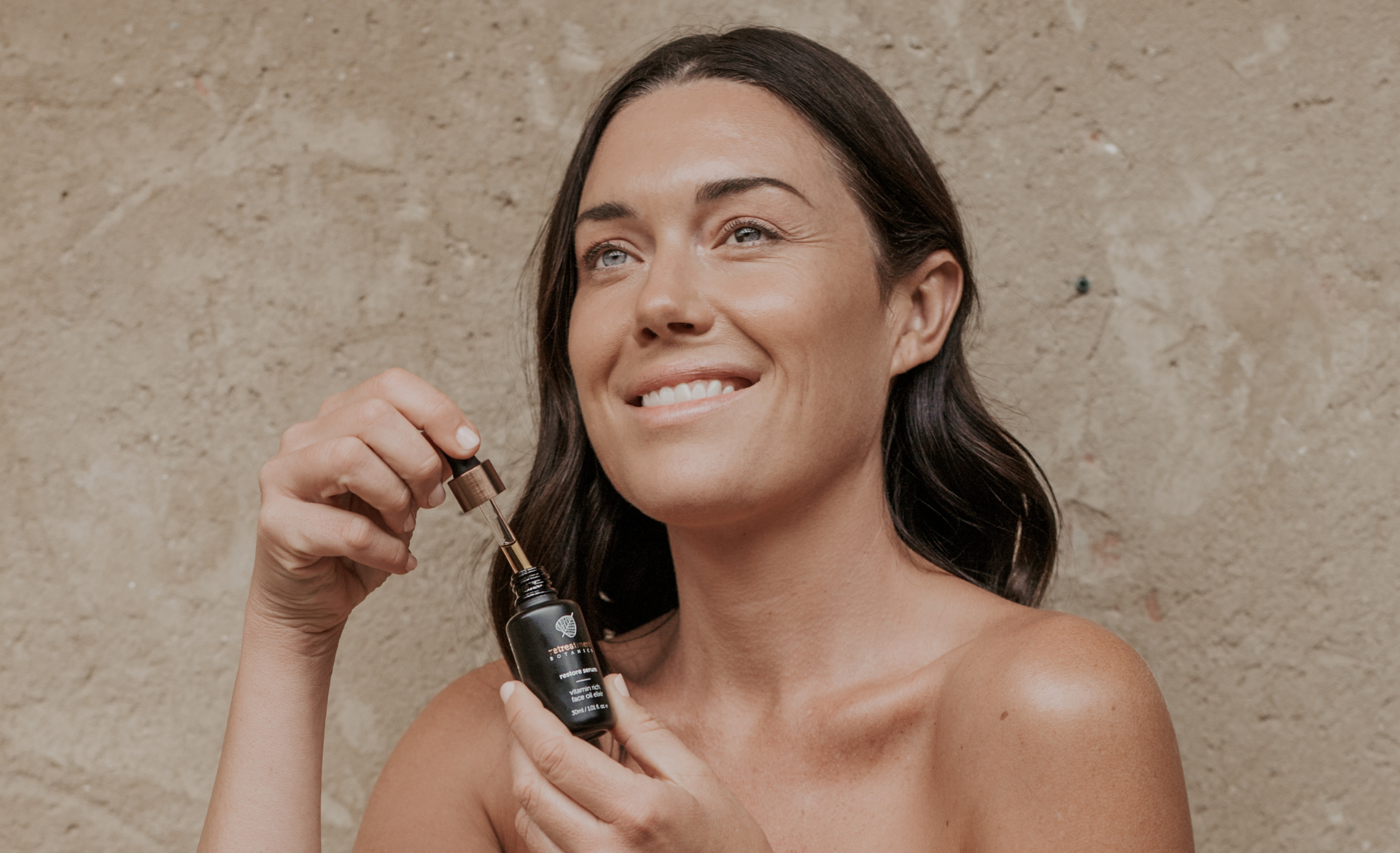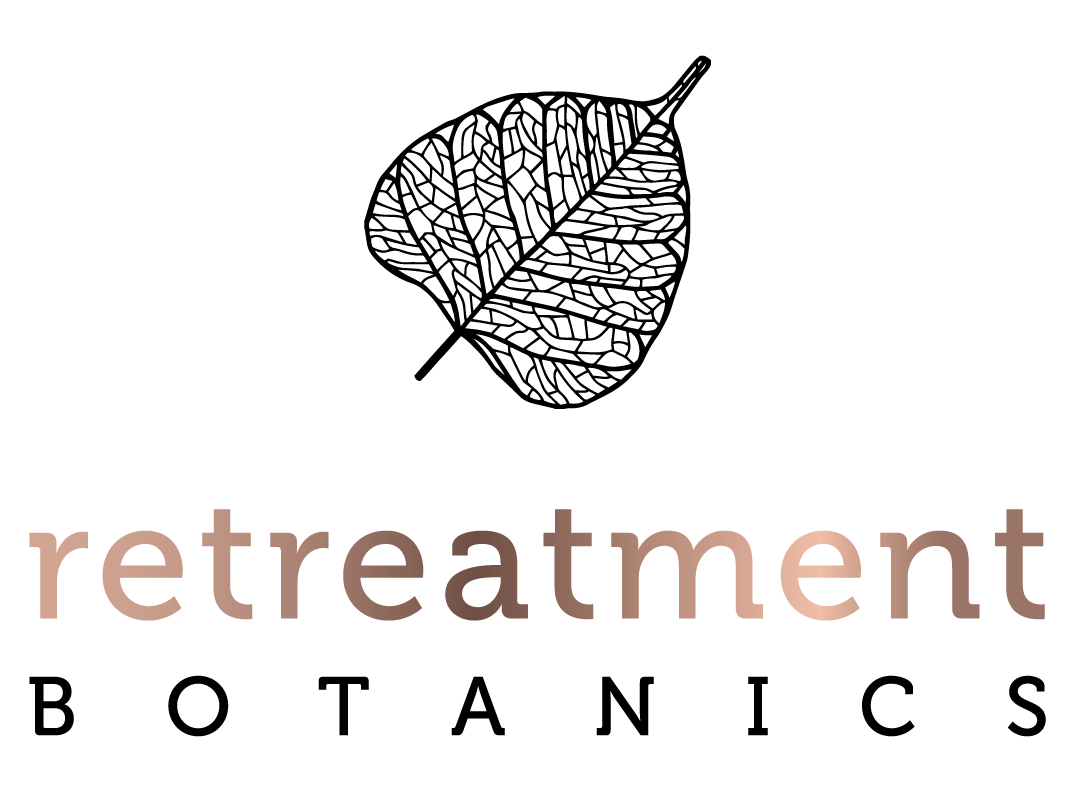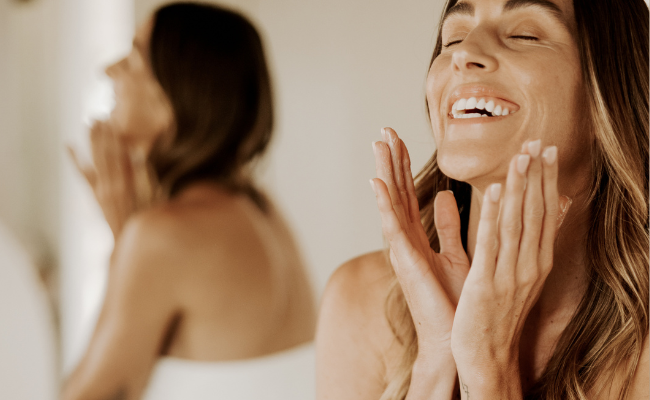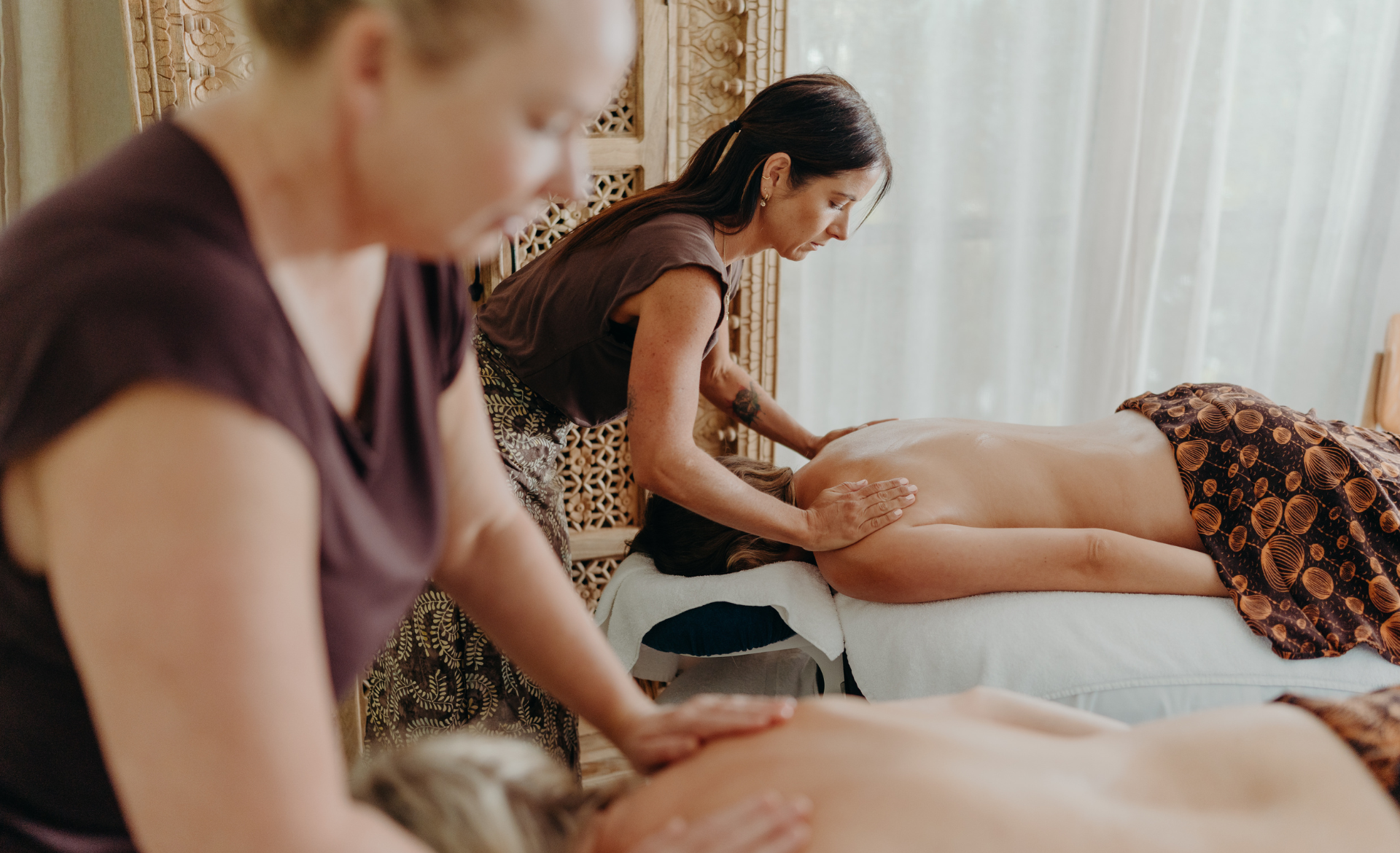Article: Photoageing Explained: Signs, Prevention & Repair

Photoageing Explained: Signs, Prevention & Repair
Have you ever noticed how some people seem to age more gracefully than others? The secret often lies in how well they’ve protected their skin from the sun. Photoageing, AKA sun-induced skin ageing is the biggest culprit behind fine lines, pigmentation and loss of that youthful plumpness.
Unlike chronological ageing (which happens naturally as we get older), photoageing is caused by external factors, meaning it’s largely preventable.
What’s really happening with photoageing?
Sunexposure accelerates photoageing as UV rays (both UVA & UVB) penetrate deep into the skin, triggering changes that break down its structure and speed up ageing. These UV rays damage collagen and elastin - 2 key proteins that keep the skin firm, plump and smooth.
UV exposures contribution to photoageing, here's how:
- UVA rays penetrate deep into the skin dermis, breaking down these essential fibers, leading to sagging and fine lines.
- UVB rays cause surface-level damage like sunburns and pigmentation.
UV exposure also generates free radicals which are unstable molecules that attack healthy skin cells. Over time, this oxidative stress leads to dullness, uneven tone and deeper wrinkles. Antioxidants are essential for neutralizing these harmful effects (more on that below!).

4 key signs your skin is experiencing photoageing
The visual effects of photoageing isn’t instant, they develop gradually and become more pronounced over time:
-
Sunspots & hyperpigmentation
Whether it’s dark spots, uneven skin tone or patches of discolouration, they’re most noticeable on the face, hands and decolletage.
-
Fine lines & wrinkles
The breakdown of collagen results in wrinkles, particularly around the eyes, mouth & forehead - the areas most exposed to the sun.
-
Rough texture & dullness
The slow skin cell turnover resulting from UV exposure results in dryness, rough patches and lack of radiance.
-
Loss of elasticity
With weakening elastin fibres, skin starts to feel thinner and more prone to sagging, especially around the jawline and cheeks.
How to prevent photoageing?
If only we could go back and tell our younger selves to wear SPF every single day! While we can’t turn back time, we can still protect our skin now to stop further damage:
-
Daily SPF Sunscreen will always be your skin’s best defence against photoageing.
- Antioxidants to shield your skin
Antioxidant rich skincare (think Vitamin C, E & Niacinamide) creates a powerful shield against free radicals.

How to improve your skin’s effects of photoageing
If your skin is already showing signs of photoageing (most Australians are with you!), your skincare can help to restore while visibly improving the signs of ageing caused by sun exposure:
-
Restoring plumpness
Hydrating heroes like Hyaluronic Acid, Niacinamide, Aloe Vera, Squalane, Tasmanian Blue Gum & Betaine relieve the skin of that dry and depleted appearance. These super-hydrators draw water into the skin to restore plumpness.
-
Firm fine lines & improve elasticity
Collagen-boosting ingredients like Peptides and Vitamin C help to rebuild firmness and elasticity by supporting collagen production and improving the skin.
-
Bring back that lustrous glow
Dull skin needs regular gentle exfoliation to dissolve the dead skin cells and encourage fresh healthy skin to emerge. AHAs, fruit enzymes, Niacinamide and physical exfoliants like Jojoba beads all brighten, smooth and renew the skin’s texture.
While we can’t avoid the sun entirely, we can make sure our skin stays protected, nourished and resilient. The right skincare ritual of SPF, antioxidants and collagen-boosting ingredients can help prevent and visibly improve the signs of photoageing.



